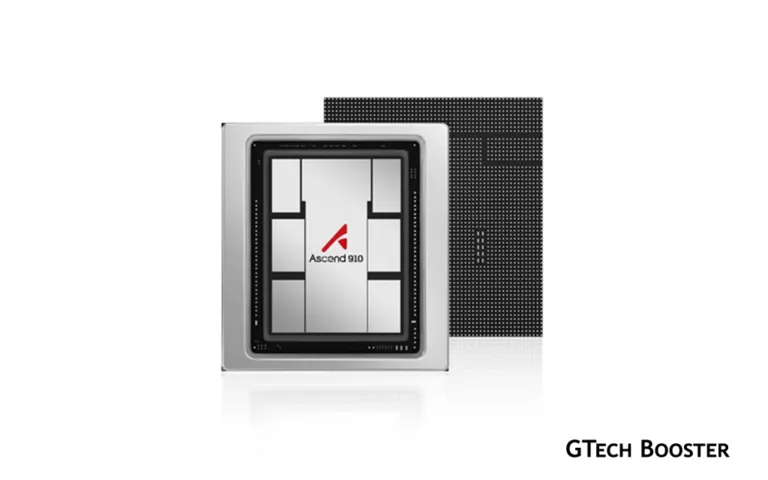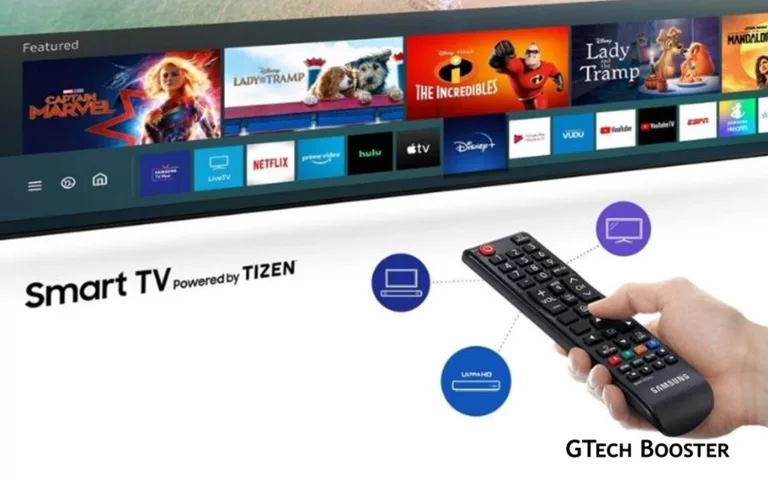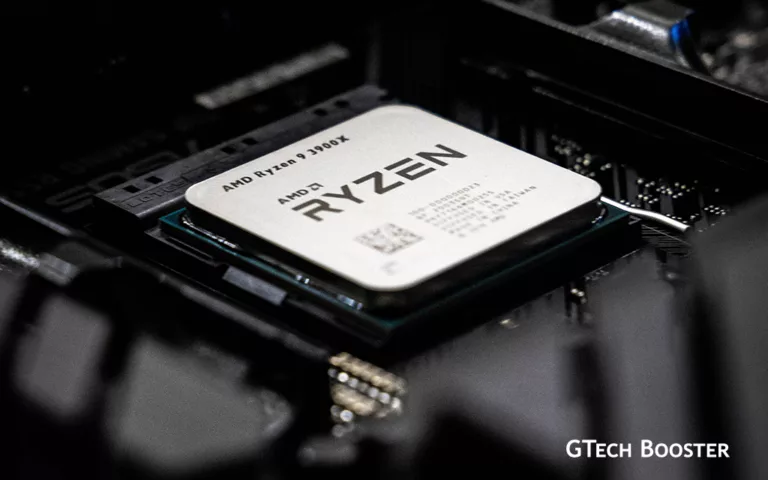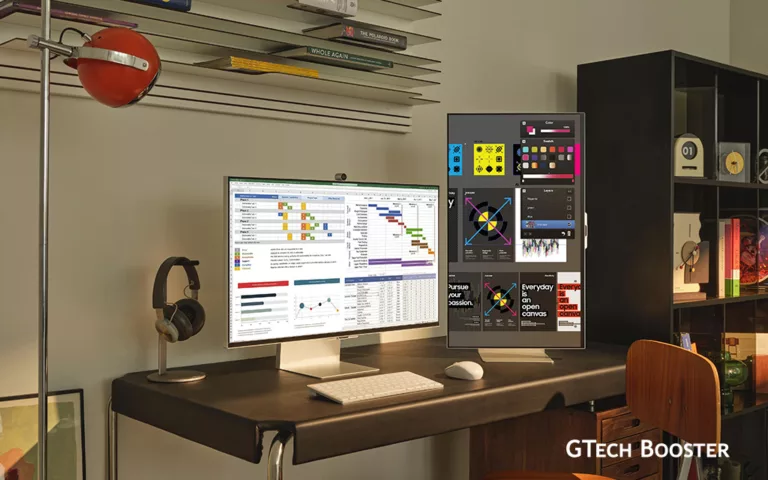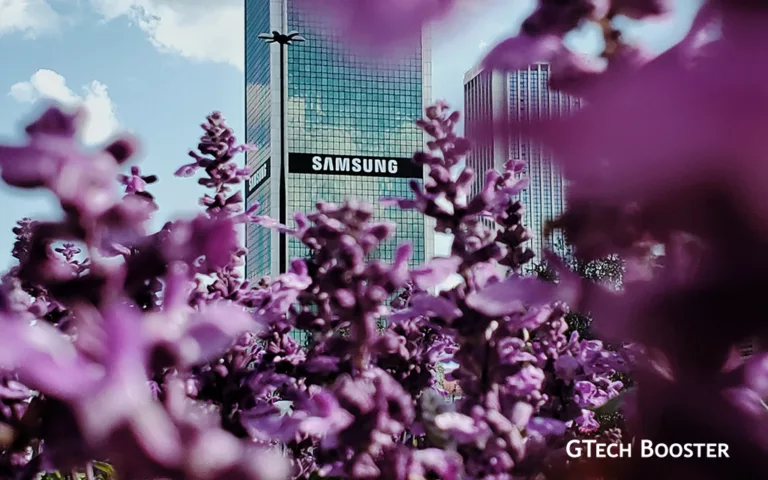Samsung announces the first GDDR7 DRAM memory with up to 32 Gbps and 1.5 TB/s band

Samsung officially announced on Wednesday that the development of its 1st GDDR7 DRAM memory has been completed. The new chip offers up to 32 Gbps, has 16-gigabit and brings one of the highest speeds ever seen in the hardware market. GDDR7 DRAM is the next generation of graphics memory, developed by Samsung. It is designed to deliver higher bandwidth and better graphics performance than previous generations of graphics memory. Samsung claims that its first GDDR7 DRAM offering can deliver 1.5TBps of bandwidth, which is 40% higher than the previous GDDR6 generation
According to the company, the new GDDR7 DRAM memory has a bandwidth of 1.5 terabytes per second, which is 1.4 times higher than the 1.1 TBps of the GDDR6 standard, as well as representing a 20% improvement in power efficiency.
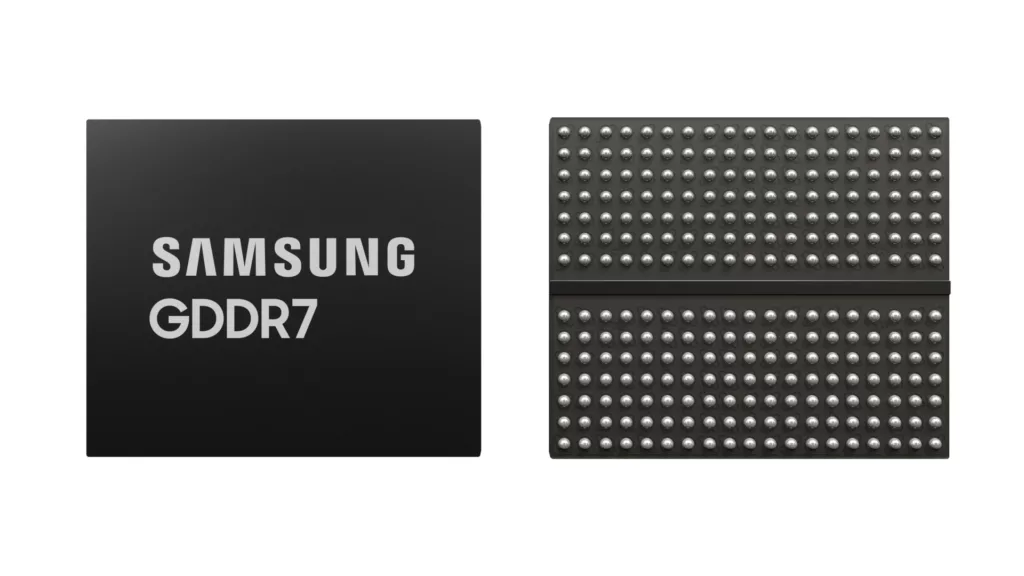
GDDR7 DRAM is expected to be used in areas that require outstanding graphics performance, such as workstations, PCs, and gaming. Samsung’s GDDR7 DRAM utilises something called PAM-3 (pulse-amplitude modulation) signalling, which is a revision in-between the previous PAM-4 and PAM-2 signalling
This technology is expected to improve the efficiency of data transmission and reduce power consumption and drastically reduce thermal resistance by 70% compared to GDDR6, aiding in the stable performance of the product even in conditions with high-speed operations.
The company expects this new standard to be installed in next-generation systems in the second half of this year. The GPU market is already moving in this direction and we could see even more powerful graphics cards in 2024.
“Our GDDR7 DRAM will help elevate user experiences in areas that require excellent graphics performance, such as workstations, PCs and game consoles, and is expected to expand into future applications such as AI, high-performance computing (HPC) and automotive vehicles,”
said Samsung Electronics’ executive vice president of memory product planning team. Yongcheol Bae.
What are the benefits of PAM-3 signalling in GDDR7 DRAM
PAM-3 (pulse-amplitude modulation) signaling in GDDR7 DRAM offers several benefits compared to previous signaling methods:
- Improved power efficiency: PAM-3 signaling in GDDR7 DRAM provides a 25% power efficiency advantage over the NRZ (Non-Return to Zero) signaling used in GDDR6. This means that GDDR7 memory modules can deliver higher performance while consuming less power.
- Higher data transmission rates: PAM-3 signaling allows for higher data transmission rates per cycle compared to NRZ signaling. This enables GDDR7 memory to achieve faster speeds, with bandwidths of up to 36 Gbps. The increased data transmission rates contribute to improved graphics performance and smoother gameplay.
- Reduced need for higher memory bus frequencies: PAM-3 encoding in GDDR7 reduces the need to move to higher memory bus frequencies. This means that GDDR7 memory can achieve high data rates without requiring significant increases in bus frequencies, which can help in reducing signal loss and maintaining signal integrity.
- Compatibility with existing technologies: PAM-3 signaling is a compromise between PAM4 and NRZ signaling methods. It allows GDDR7 memory to achieve higher data rates while mitigating some of the challenges associated with PAM4 signaling, such as increased sensitivity to noise and higher bit error rates.
GDDR7 DRAM is expected to unlock the next generation of graphics performance and elevate user experiences in areas that require outstanding graphics performance.



